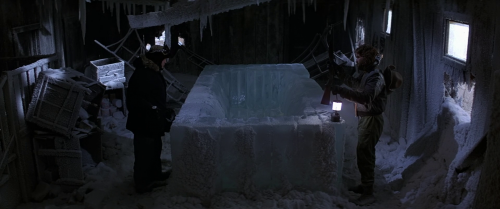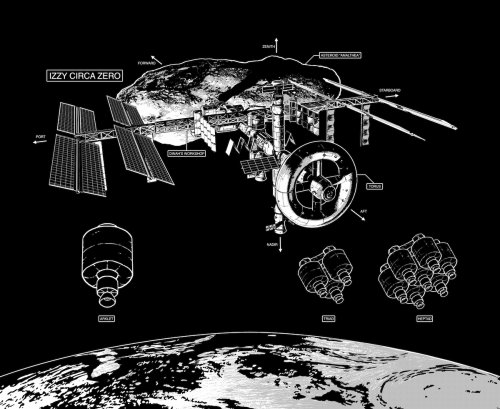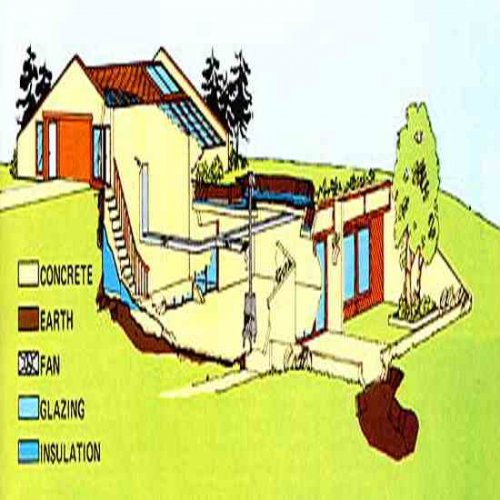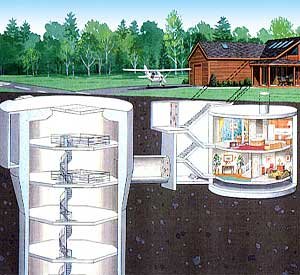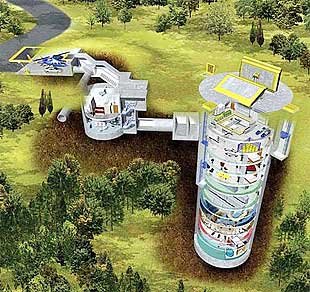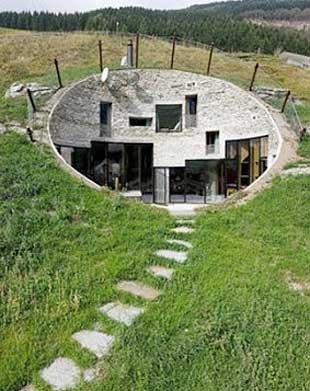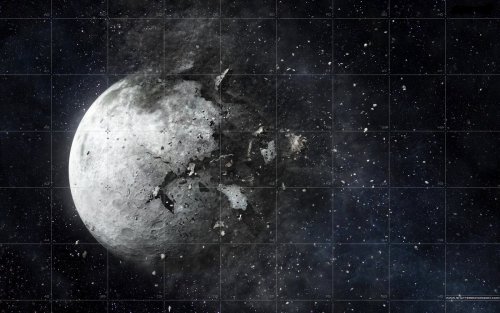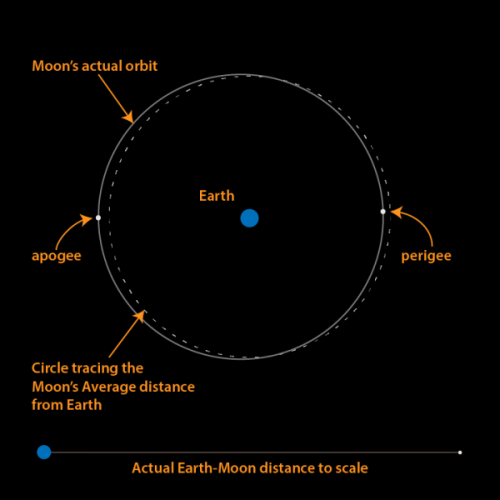- Joined
- 6 September 2006
- Messages
- 4,833
- Reaction score
- 9,440
Going down is probably harder than going up.
You don't have to go that far down and heat and pressure become serious problems. The Mponeng Gold Mine is 4km (2.5 miles) deep, the rock face rock reaches 66 °C (151 °F) and slurry ice is pumped in underground to cool the air below 30 °C (86 °F). The TauTona Mine is fractioanlly shallower at 3.9km (2.4 miles), the rock face reaches 60 °C (140 °F) and the air temperature 55 °C (131 °F), which is chilled by air conditioning to 28 °C (82 °F).
So if you can keep it cool forever then you might make it, but you've got to dispose of that heat somewhere and adding nuclear reactors etc. just makes the heat exchange problem worse.
However, the Chicxulub crater went 20km (12 miles) deep at least, so you can't dig deep enough to prevent being crushed by the pressure waves in the crust.
However, your chances might be increased digging in South America or Antarctica, home to just 11% and 0% respectively of known asteroid craters (although the unconfirmed 480-500km wide Wilkes Land crater makes Chicxulub look like a pimple, so its no guarantee of safety.)
You don't have to go that far down and heat and pressure become serious problems. The Mponeng Gold Mine is 4km (2.5 miles) deep, the rock face rock reaches 66 °C (151 °F) and slurry ice is pumped in underground to cool the air below 30 °C (86 °F). The TauTona Mine is fractioanlly shallower at 3.9km (2.4 miles), the rock face reaches 60 °C (140 °F) and the air temperature 55 °C (131 °F), which is chilled by air conditioning to 28 °C (82 °F).
So if you can keep it cool forever then you might make it, but you've got to dispose of that heat somewhere and adding nuclear reactors etc. just makes the heat exchange problem worse.
However, the Chicxulub crater went 20km (12 miles) deep at least, so you can't dig deep enough to prevent being crushed by the pressure waves in the crust.
However, your chances might be increased digging in South America or Antarctica, home to just 11% and 0% respectively of known asteroid craters (although the unconfirmed 480-500km wide Wilkes Land crater makes Chicxulub look like a pimple, so its no guarantee of safety.)

